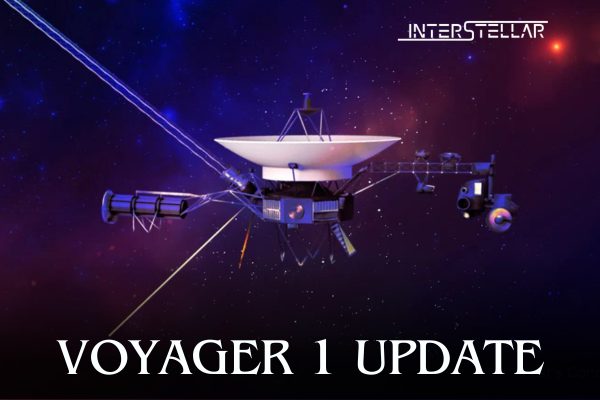Voyager 1 Resumes Normal Science Operations After Technical Issue
Technical Issue and Resolution
NASA’s Voyager 1 spacecraft has resumed normal science operations for the first time since encountering a technical issue in November 2023. The team initially addressed the problem in April, allowing the spacecraft to start transmitting engineering data regarding its health and status. On May 19, the mission team sent a command for the spacecraft to return science data. Two of the four science instruments immediately resumed normal operations, and the remaining two required additional work. Now, all four instruments are successfully returning usable science data.
Science Instruments and Mission
Voyager 1’s four science instruments study plasma waves, magnetic fields, and particles. Along with its twin, Voyager 2, it is one of the only spacecraft to directly sample interstellar space, the region beyond the heliosphere, which is the Sun’s protective bubble of magnetic fields and solar wind.
Remaining Tasks and Maintenance
While Voyager 1 is back to conducting scientific research, some minor tasks remain to fully rectify the issue’s impact. Engineers will resynchronize the timekeeping software across the spacecraft’s three onboard computers to ensure commands are executed precisely. Maintenance on the digital tape recorder, which stores data for the plasma wave instrument and sends it to Earth twice annually, will also be performed. Most of the science data from the Voyagers is transmitted directly to Earth without being recorded.
Voyager Missions Overview
Voyager 1 is currently more than 15 billion miles (24 billion kilometers) from Earth, while Voyager 2 is over 12 billion miles (20 billion kilometers) away. Later this year, both probes will mark 47 years of continuous operation, making them NASA’s longest-running and most distant spacecraft. Voyager 1 and 2 have provided invaluable data, having flown past Jupiter and Saturn, with Voyager 2 also exploring Uranus and Neptune.





